What looks like a giant Ruffles potato chip is actually an architectural walkway. Known as The Mushrooms, this wooden structure was meant to replicate fungi. During its construction in 2005, Roman ruins were discovered underground, which are displayed in The Mushroom’s ground level museum. Walking through the wooden fungi features exquisite views of the city, making it a perfect spot to watch the sunset.
This Roman Catholic Church is one of the highlights in Seville. Completed in the 16th Century, the Seville Cathedral became the largest church in the world supplanting the Hagia Sophia in Istanbul. The Giralda Tower is 343 meters in height, and was covered into a bell tower after the Reconquista. The "El Giraldillo" statue on top was installed in 1568 to represent the triumph of the Christian faith. The cathedral contains the remains of Christopher Columbus's remains, which has once been transported to various places around the globe.
A must in Seville, Real Alacazar is a place not only to discover lush gardens, but to revisit Sevilla's history. This is one of the oldest palaces left in the world, and an authentic representation of the southern Mediterranean battle between the Moors and the Christians. Constructed began in 913 by And Al Ramn III, and throughout it's history, Real Alcazar experienced several architectural face lifts throughout time. While inside you'll discover precious moments of flora and fauna, but highlights include Mudéjar and Patio de las Doncellas.
Beyond tile-lined benches and tree-lined footpaths, experience a variety of artifacts and paintings in the indoor museum. A small cafe with outdoor seating is also available.
If you visit only one park in Spain, Maria Luisa Park is it. This 100-acre “Moorish paradise” is an architectural and natural wonder, located minutes away from old town.
The vast complexity of the interconnections between nature and architecture is mind-blowing. You'll discover everything from flowered vintage trellises to a patch of fallen oranges basking in the sunlight. The architectural elements from elegant gazebos to the prominent Plaza de España, discover a piece of Seville history. To say Plaza de España is remarkable is an understatement. This Plaza was constructed for the 1929 Ibero-American fair. It combines a mix of traditional Southern Spanish architecture as well as some art-deco.
I spent wandered for two hours in the park, and discovered only a piece of the park. If hungry, eat at the adjacent Bar Citroen cafe as depicted in my recent "Favorite Restaurants & Cafes in Seville."
Flamenco is a part of Seville’s culture, and a must watch! Shows are available at various places and restaurants in town, but I suggest attending the show at the Flamenco Dance Museum. Not only does it attract some of the best dancers in town, the museum features various styles of art and dress. Some sensual Tango dance styles are integrated alongside the traditional flamenco performances. Check out the museum to discover more about flamenco history and culture in Sevilla.
For a relaxing, or romantic, experience, explore the best spa in town. Located near the cathedral is AIRE, a world-renowned spa operating inside a Mudéjar-style palace.
Upon entering the spa, guests arrive to a traditional Andalucía courtyard, decorated with countless plants and beautiful tiled walls. Guests are welcomed to the ancient baths, some containing salt water, to sit and soak the worries away. Special events occur frequently like a Spanish guitar serenading guests in the evening hours. Massage and bath experiences are also available for purchase such as a four-handed massage or bathing in a 17thCentury marble well filled with Spanish red wine.
Most people come to Spain for the food as well as the culture. Since I can’t recommend meat options (since I don’t eat meat) I do recommend the gazpacho and Spanish tortilla in Seville. Gazpacho is an Andalucía specialty, a cold tomato soup, to keep locals fresh and chilled on hot summer days. And don’t forget to try a freshly squeezed orange juice. Discover more cafes on The Lemon Tree’s other blog post, “My 8 Favorite Cafes & Restaurants in Seville (for Gazpacho & Veg-Friendly Food).”
There are various flea markets in town, but if you must choose one, visit the Thursday flea market. This is one of the most vibrant shopping experiences in town, and shoppers find literally anything and everything that is old. Postcards, crosses, picture frames, 15thCentury pots, if you want it you can find it. Even if antiques are not your thing, it is worth a visit to people watch and chat with the local vendors.
Near Real Alcazar are various courtyards lined with orange trees. Here, you’ll find local painters selling small and large painting of Sevilla. The orange tree is a symbol of Seville and should not be taken for granted. Citrus trees and locals have coexisted for centuries and have been a part of the Spanish and Moorish diet for ages.
Visit the Patio de los Naranjos, near the cathedral to discover the supposed 16th Century orange tree cultivated by King Charles I. Do not steal any of the fruit, but do try the local orange marmalade. Discover some of the best fresh-squeezed orange juices in town at, “My 8 Favorite Cafes & Restaurants in Seville (for Gazpacho & Veg-Friendly Food).”
One of the most fun things to do in old town Seville is to admire the historic courtyards. Many are a the central "square" to an apartment, and even admiring through a wrought-iron gate is magnificent. Like Seville itself, the court yards are a natural and architectural wonder.
There is no shortage of antique and old book shops in Sevilla. At some of the markets, antiquities “as old as Seville” do exist. If searching for a 150 or 200-year-old book, most likely you can find at least one in town that doesn’t belong to a museum.
What's your favorite spot in Seville? Let's Connect!
This Lemon Tree article is now featured on GPSmyCity. To download this article for offline reading or travel directions to the attractions highlighted in this article, go to The Best Cultural Things to Do and See in Seville.
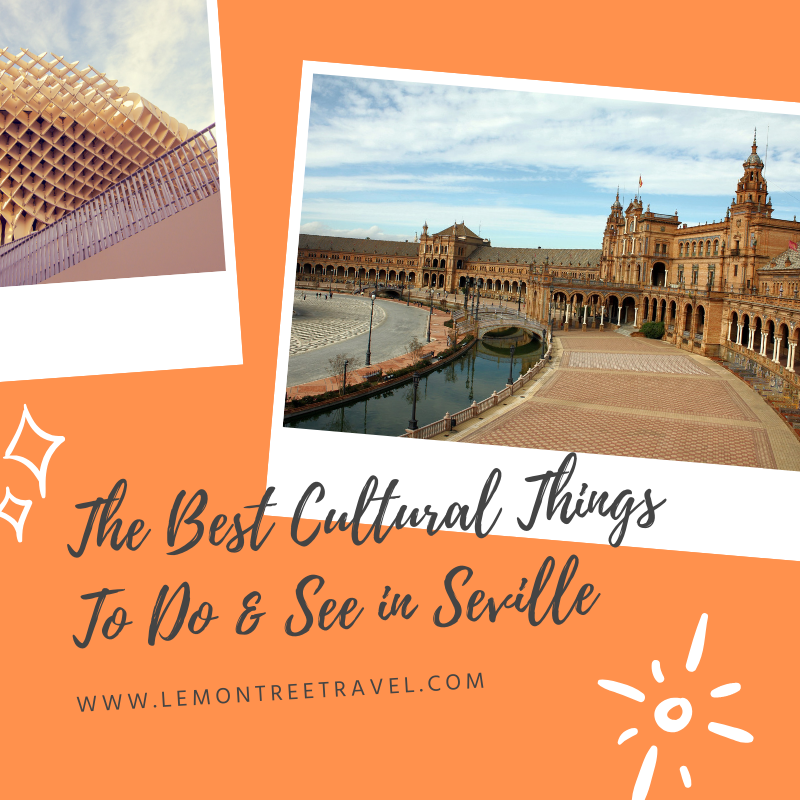



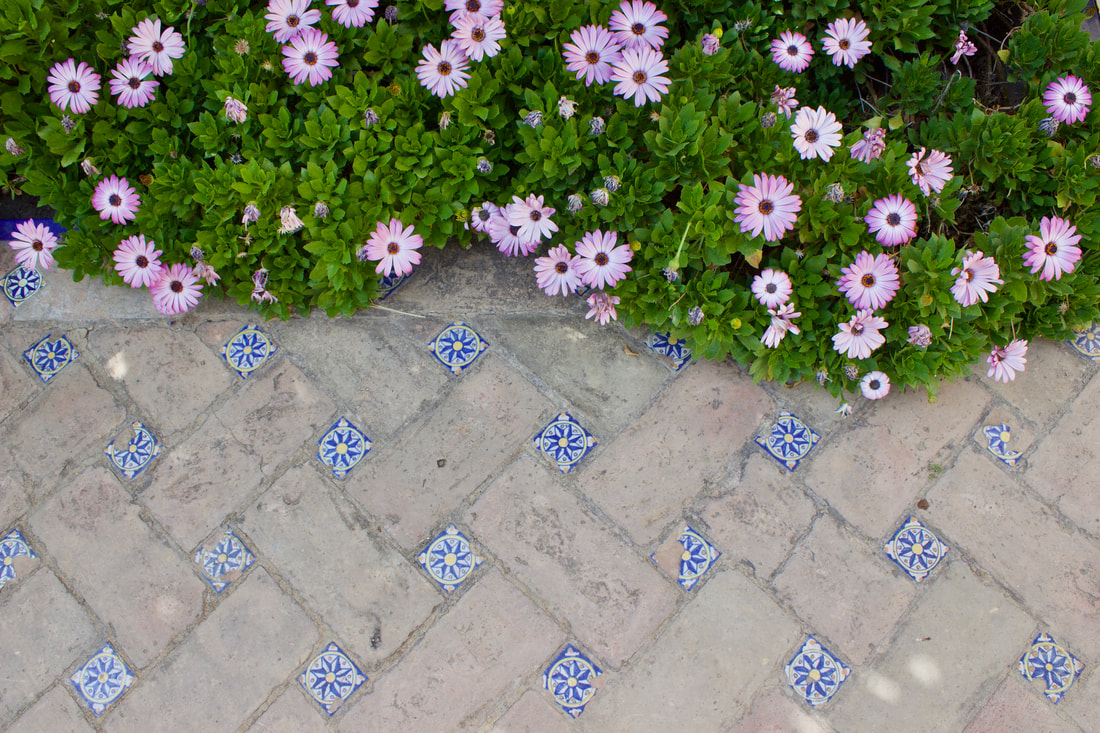



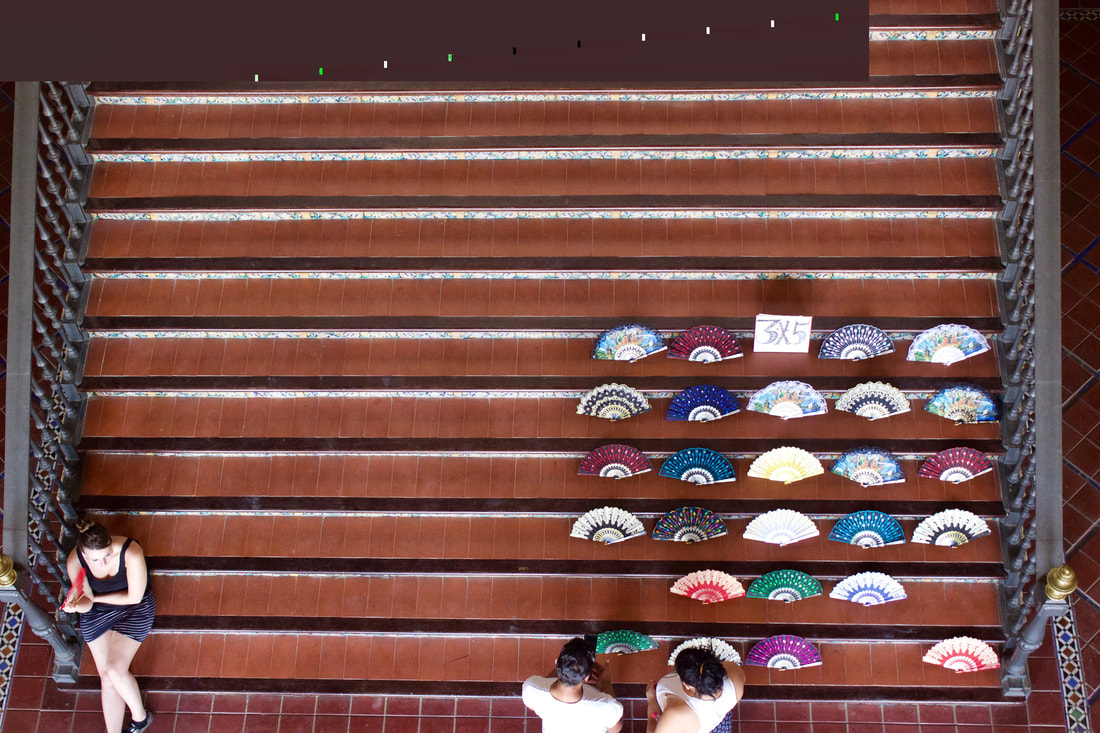


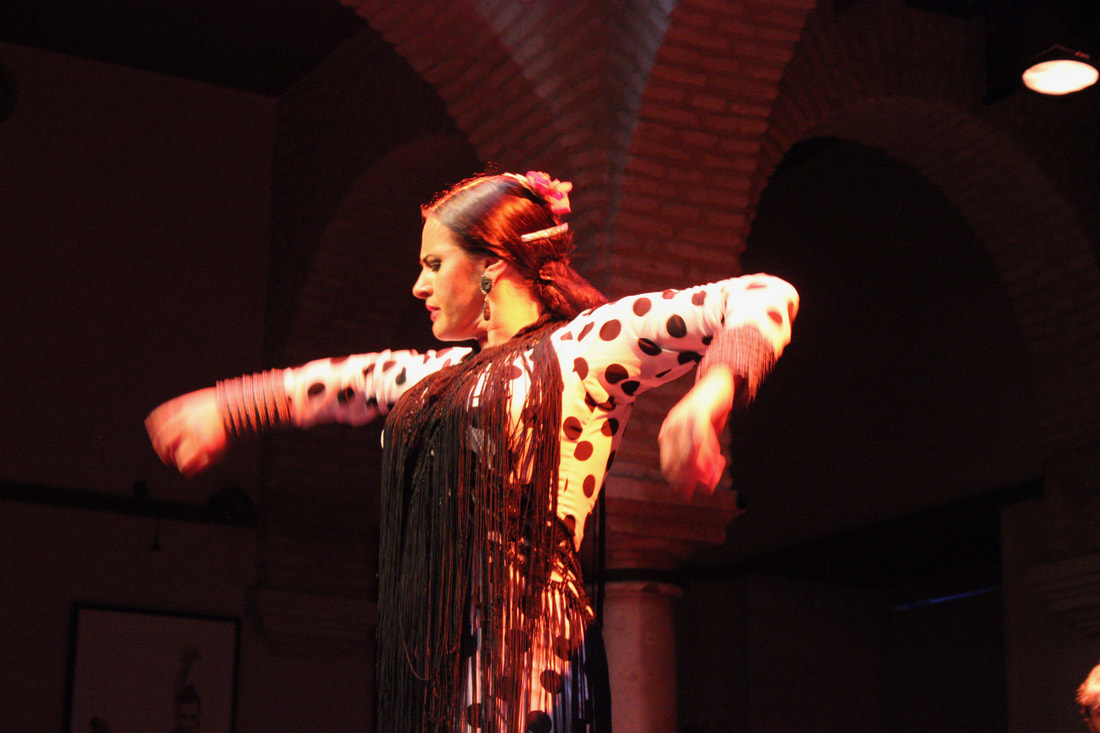

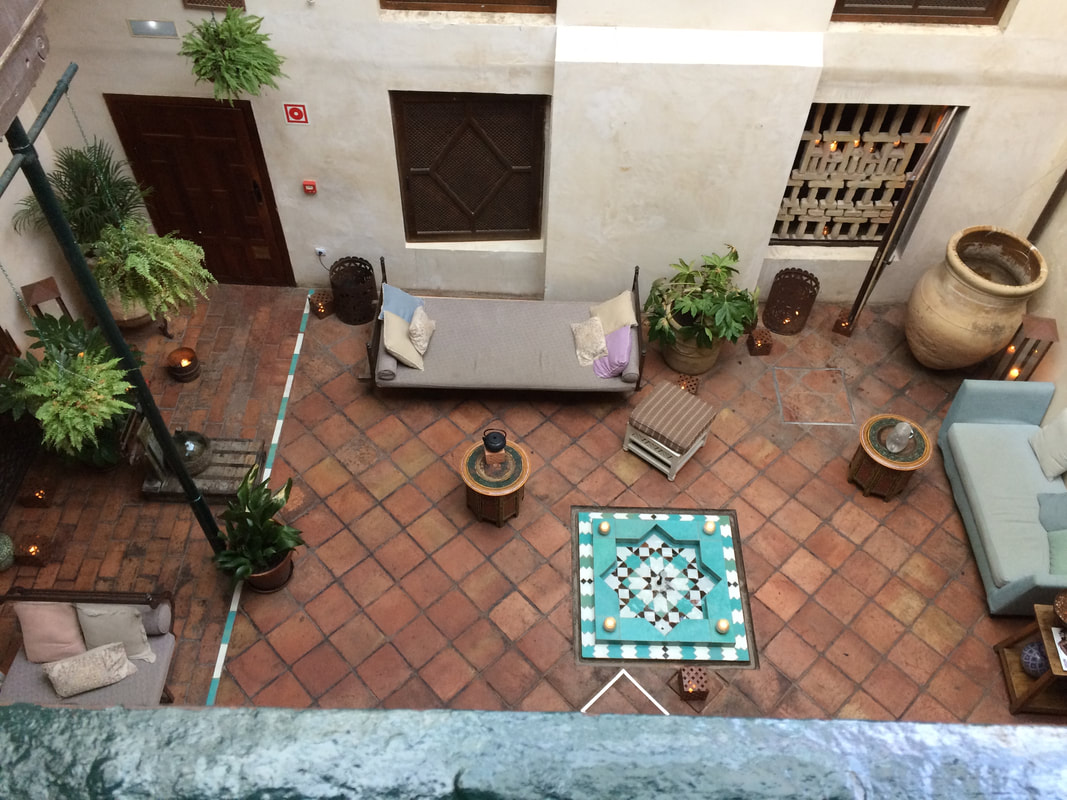


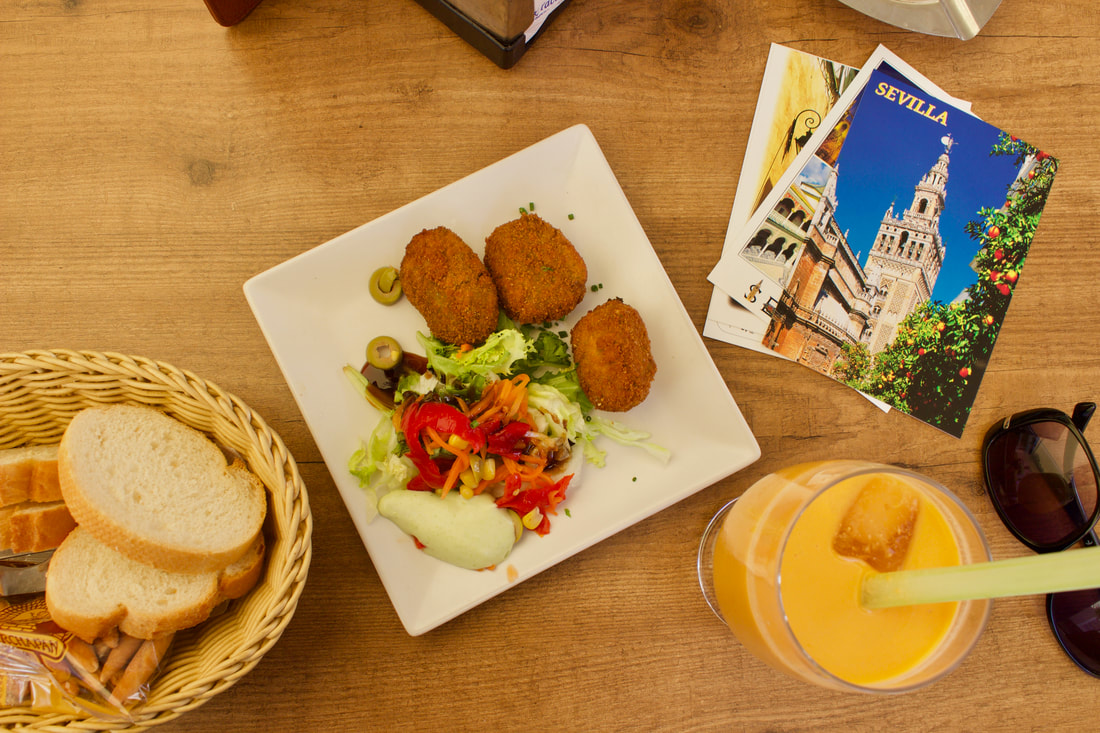
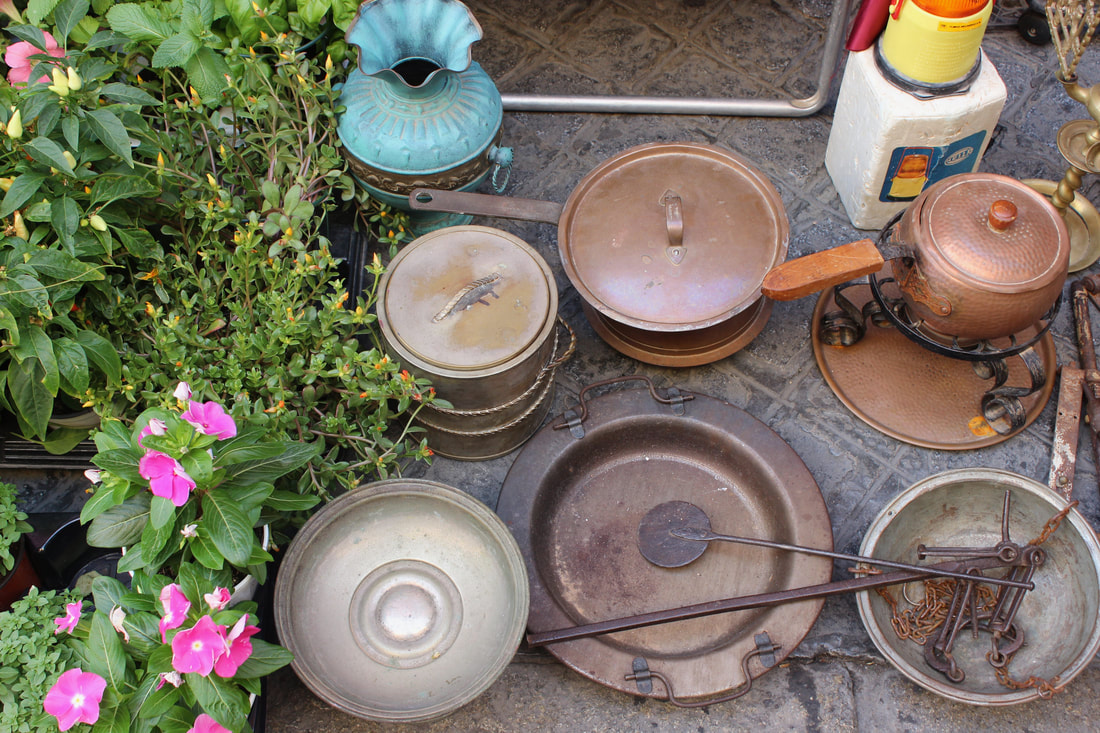



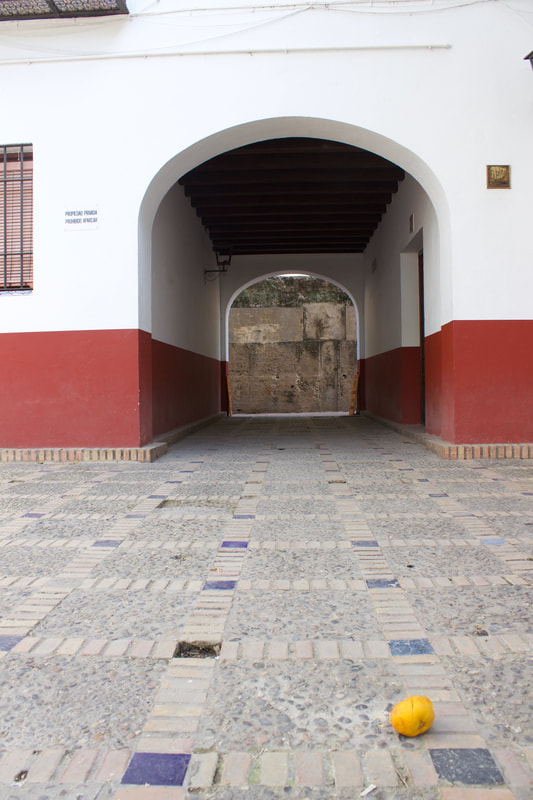


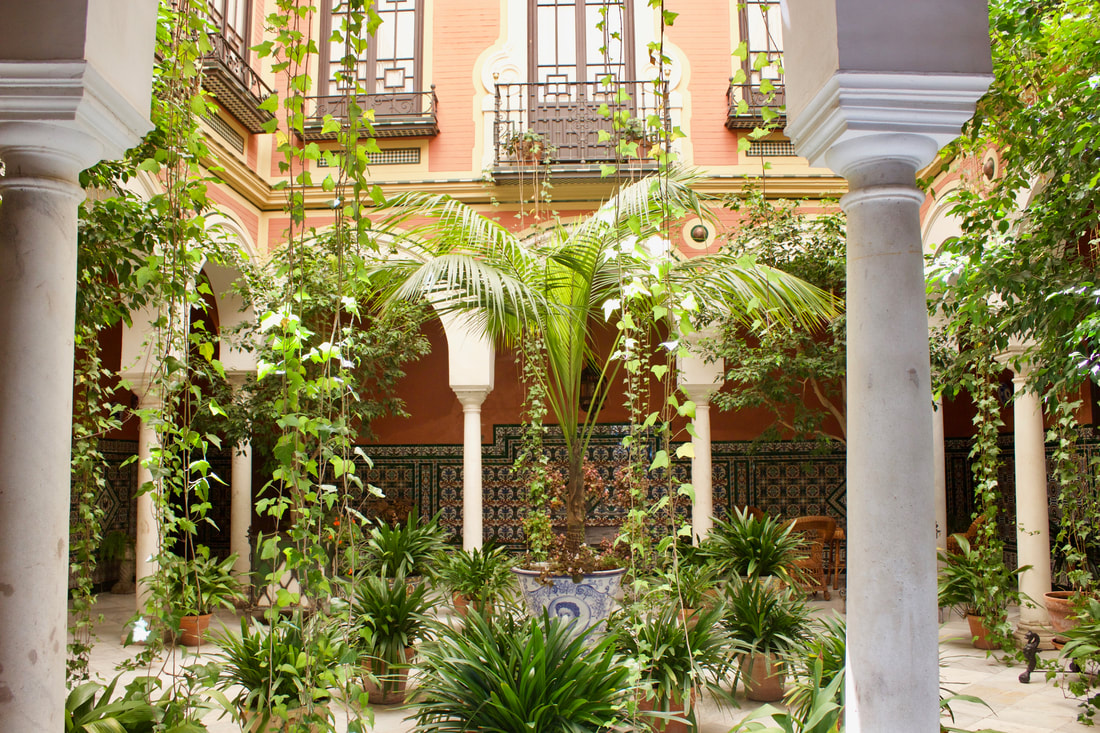

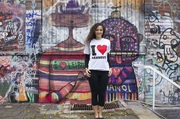

 RSS Feed
RSS Feed